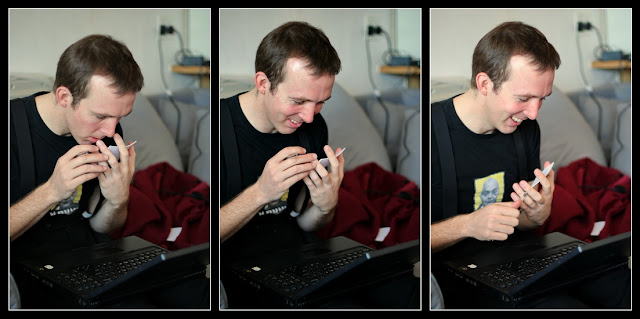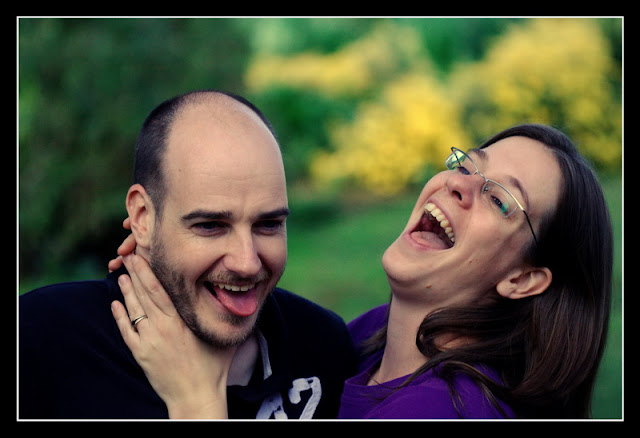Objects that are not on the focal plane
(i.e. closer to or further away from the camera than the focal point is) will
always be out of focus. The further away
from the focal plane an object is, the more out of focus it will be. Objects close to the focal plane will appear
to be in focus for the purposes of the photograph. The distance from the closest object that
appears to be in focus to the furthest object that appears to be in focus is
called the depth of field.
There are three factors that affect the depth
of field of a photograph:
1.
Aperture of the lens – a large aperture
will produce a shallow depth of field and a small aperture will produce a deep
depth of field.
2.
Focal Length of the lens – a long lens
(zoomed in) will produce a shallow depth of field while a wide lens (zoomed
out) will produce a deep depth of field.
3.
Distance to the Focal Plane – Focussing close to the camera will produce a shallow depth of field, while focussing far from the camera will produce a deep depth of field.
A deep depth of field is useful when you
want to capture an entire scene, for example in landscape photography. A shallow depth of field is useful when you
want to draw attention to your subject only, for example in portrait or
wildlife photography.
Additional Info
Although the following doesn’t strictly
change the depth of field, it allows you to get the most out of the depth of
field that you do have. Strictly
speaking, depth of field is a measure of what distance an object can be from
the focal point while remaining in focus.
What we really see when we look at a photo however is the apparent depth of field, which is influenced
more by the difference between the sharpest and softest areas of the photo,
than the actual, technical depth of field.
The secret to manipulating the apparent
depth of field is in controlling the distances from your camera to your subject
and from your camera to the background.
In fact it’s the ratio between the two distances that matters.
In order to get an apparently shallow depth
of field put your subject close to the camera with the background far behind
it. The bigger the ratio between the
distances, the more out of focus the background will be and the shallower the
apparent depth of field. The narrowest
depth of field can be obtained by focussing on either the closest or furthest
object in the photo.
In order to get an apparently deep depth of
field put your subject far from your camera and close to the background. The smaller the ratio between the distances
the less out of focus the background will be and the deeper the apparent depth
of field.
The widest depth of field can generally be
obtained by focussing at about 2/3 of the distance between your camera and the
furthest object in the photo.







